So let's say I want to mix these 2 audio tracks:

In Audacity, I can use the "Mix and Render" option to mix them together, and I'll get this:

However, when I try to write my own code to mix, I get this:

This is essentially how I mix the samples:
private function mixSamples(sample1:UInt, sample2:UInt):UInt
{
return (sample1 + sample2) & 0xFF;
}
(The syntax is Haxe but it should be easy to follow if you don't know it.)
These are 8-bit sample audio files, and I want the product to be 8-bit as well, hence the & 0xFF.
I do understand that by simply adding the samples, I should expect clipping. My issue is that mixing in Audacity doesn't cause clipping (at least not to the extent that my code does), and by looking at the "tail" of the second (longer) track, it doesn't seem to reduce the amplitude. It doesn't sound any softer either.
So basically, my question is this: what's Audacity doing that I'm not? I want to mix tracks to sound exactly as if they're being played on top of one another, but I (obviously) don't want this horrendous clipping.
EDIT:
Here is what I get if I sign the values before I add, then unsign the sum value, as suggested by Radiodef:

As you can see it's much better than before, but is still quite distorted and noisy compared to the result Audacity produces. So my problem still stands, Audacity must be doing something differently.
EDIT2:
I mixed the first track on itself, both with my code and Audacity, and compared the points where distortion occurs. This is Audacity's result:

And this is my result:
